Iran’s export potatoes
Potatoes were first gifted to the Qajar king by Sarjan Malkam, who was the ambassador of the British government at the court of Fath Ali Khan Qajar in Iran. For this reason, it was called “Alvi Malakum” in the beginning. Today, in a number of cities in Iran, potatoes are known as Alu Malek. Today, Russia and Germany are the biggest producers of potatoes. Iran’s exported potatoes have always been the focus of exporters due to their high quality.
Potato seeds were first planted in Pashand village near Tehran, and this is why Pashand potatoes are famous in Iran. Then it was cultivated in Faridan, Isfahan, and gradually in Zanjan, Khorasan, and Fars. Finally, it became popular in other cities of Iran.
As we know today, potato is one of the most important agricultural products. Also, potatoes form the basis of nutrition for a large number of people in Iran and the world, so the export of potatoes is very important.
History of the potato
The potato plant was known more than 8000 years ago by the Incas in the Andes mountains of South America and is considered one of the important food items of this tribe. The Incas used potato powder for their survival against hunger and famine.
In the first half of the 16th century AD, after the conquest of South America, the Spanish did not know the importance of “papa” (the native name of the potato plant) and only thought about the gold and silver of the new land. However, long sea voyages and sailors suffering from scurvy caused recognition of the value and expansion of potato consumption in the early 16th century. Since then, Spanish ships brought potatoes to Europe when returning from South America. This is how the export and cultivation of this product began.
Potato cultivars in Iran
Agria potatoes:
This type of potato is considered from semi-early to semi-late varieties. Its leaves are moderately spread. Its flesh and skin are yellow. You can see it as an elongated oval. Its glands are large. If you plant Agria potatoes, you can have a very good harvest.
Ajiba potatoes:
This type of potato is semi-early. Its branches and leaves are moderately spread. It has a yellow skin and a yellowish-white mantle. Its tubers are oval and large. This type of potato shows a high yield. But this potato can only be eaten fresh, but its resistance to viruses and pests is good.
Arinda potatoes:
The size of this plant is relatively average. The color of its skin is yellow and its mantle is pale yellow. If you plant Arinda, you can harvest a good crop, because this potato has a very high yield. It is also resistant to internal bruising.
Spunta potatoes:
This model is semi-early. Therefore, the products are ready to be harvested sooner. Its skin is yellow and its mantle is bright yellow. Its oval tubers are very large. Also, if you plant this product, you will harvest a lot. But Sponta potatoes can only be eaten fresh. Therefore, factories producing chips will not be its customers.
Almera potatoes:
It is semi-early and its leaves are medium. Its skin color is yellow and its coat is pale yellow. The big tubers of this specimen are elongated and uniform. Despite its high yield, it is suitable for cultivation. But you can use Almera potatoes only for fresh consumption.
Banba potatoes:
Banba has semi-early growth. Therefore, it can be suitable for early release in the potato market. Its skin is yellow and its flesh is pale yellow. The tubers are elongated ovals. It has an average harvest and is sold fresh in the market.
Burren potatoes:
The color of its skin and flesh is yellow. The shape of its tubers are oval to elongated oval. Its large tubers along with its very high yield can be very economical for cultivation. But Boren is only suitable for fresh consumption. The resistance of this potato against diseases is also good. Therefore, it can be considered a good model for cultivation.
Picasso potatoes:
Picasso’s skin color is yellow, but his mantle is pale yellow. It is semi-early to semi-late. Its oval tubers are large to half large. It can also have a very high performance. This product is consumed fresh. This species has relatively good resistance to diseases. Hence it can be used for storage. But its consumption is generally eaten fresh, which can reduce the desire to buy this potato.
Jelly potatoes:
This type of potato is semi-late and its sleeping period is long. Therefore, it is one of the figures that is released to the market late. The spread of Jali cultivar foliage is high, which may not be pleasant for farmers. But its yellow color and yellow flesh are very popular. The yield of jelly is very high and its oval tubers are medium to large. You can use it in the form of fresh and processed chips. Therefore, this variety will have a lot of customers and this type of potato will be considered for export. Another positive thing about Jali variety is its high resistance to diseases. In a way, it can be considered one of the very good potatoes for storage and export.
Rumba potatoes:
This type of potato is semi-early to semi-late and has a dormant period
It is a lot. On the other hand, it has a high resistance to diseases, which makes it suitable for a long period of storage and is suitable for export. Its oval-shaped tubers are medium in size. You can use this potato for eating fresh and making chips.
Ramos potatoes:
The dormancy period of this type of potato is long, so it is late for sale in the market and it is considered among the semi-early to late-ripening cultivars. The color of its skin and flesh is yellow. Its glands are large and oval. Ramos are very suitable for fresh eating and processing. This species has shown relatively good resistance to pests. Therefore, it seems good to use Ramos potatoes for storage and export.
Satina potatoes:
It is semi-early ripening, so it is harvested early. Its leaves grow fast but are medium in size. The color of the skin and flesh of this potato is yellow. The size of the gland is estimated to be medium to large. And their shape is oval to spherical.
The performance of this product is very high. But Satina potatoes are used only for fresh consumption and are not suitable for export. One of the very positive points about this species is its ability to be cultivated in different climatic regions.
Santana potatoes (Santana):
This potato is classified as semi-early to semi-late. Its leaves also spread in a good proportion. Therefore, they do not take up much space on the ground.
The color of its skin is yellow and the color of its coat is between yellow and pale yellow. Santana glands are large in size and have an elongated oval shape.
This species is used for fresh consumption and for the production of chips and French fries. Its resistance to pests is also reported to be relatively good.
Sante potatoes:
Sante potato has a good yield and its tubers are large and oval to circular in shape. The color of the skin and flesh of this species is yellow and light yellow respectively. This species can only be used fresh. This species also shows relatively good resistance to pests.
Fontane potatoes:
Fontane potatoes are semi-early to semi-late. Its leaves also grow relatively well. Its skin color is also yellow and its flesh is pale yellow.
The performance of this product is reported to be high to very high. Its large oval tubers are also of good size. This type is very suitable for processing and using French fries in the food industry.
Milva potatoes:
Milva is cultivated with yellow skin and flesh colors. It is large and oval in size. This type of consumption is only fresh. Milwa is one of the semi-early cultivars. Therefore, if you need a potato for early release in the market, this model is very suitable.
Benefits of potatoes
Potatoes are a source of vitamin B6 and vitamin C and are very useful for health. Potato is an annual plant that we use from the tubers in its root. The most important main substance in potatoes is starch, which usually makes up 9 to 25% of it, so it is a useful substance for energy supply that is less affected by pests than cereals and is easier to grow.
The largest potato producing countries in the world
According to the statistics published by the FAO, China is the largest potato producing country in the world with the production of 99 million tons of potatoes, with a difference of more than two times compared to the second country (India). After China, India and Russia are in the second and third places with the production of 43 million tons and 31 million tons respectively. According to the official statistics of FAO, in 2019, Iran has taken the 13th place among producers in the world with the production of more than five million and 100 thousand tons of potatoes in an area of more than 160 hectares.
Our dear country is the largest producer of potatoes in the Middle East and the second producer among Islamic countries after Bangladesh. Therefore, Iran’s export potatoes have always been known in the world. Our closest competitor in potato production is Egypt, which ranks 14th in the world with a difference of 100,000 tons.
Iran’s export potato producers
Spring potatoes are cultivated in Dezful, Jiroft and Kohnuj, Gorgan, Isfahan and Kazerun regions. Summer production of this product takes place in Isfahan, Bahar Hamadan, Tarem, Ajabshir and Bojnord regions, and Jiroft, Kohnuj, Lar and Lamard are also considered as winter cultivation areas of this product.
Hamedan province has taken the first place in the production of this product with the production of about 24% of the country’s potatoes, and the provinces of Ardabil, Isfahan, East Azerbaijan, Kurdistan and Zanjan have the second to sixth ranks respectively, which together produce 63% of the country’s potatoes. they do.
The average potato harvest in Iran is 22 tons per hectare.
Buyers of Iran’s export potatoes
According to the announcement of the Food and Agriculture Organization of the United Nations (FAO), potatoes are an agricultural product that creates employment and provides food security, and 800 million people in the world and 50 thousand Iranian farmers are engaged in the production of this product. Therefore, in terms of nutritional value, potato is in the fourth place after corn, wheat and rice.
The buyers of Iran’s exported potatoes are Iraq, Turkmenistan, Afghanistan, Russia and Azerbaijan.
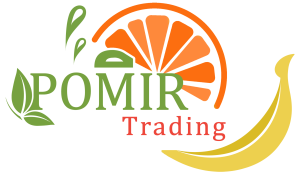

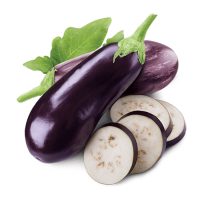
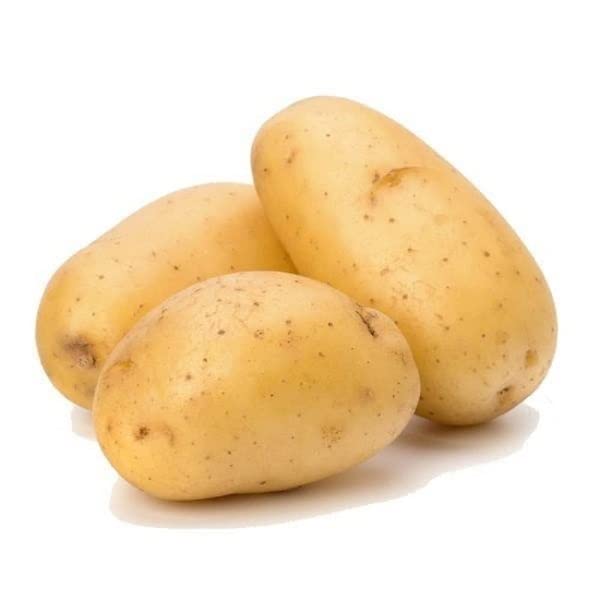
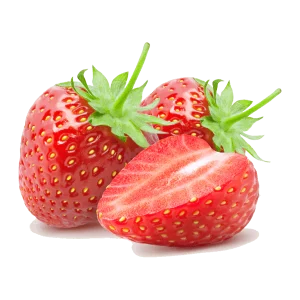
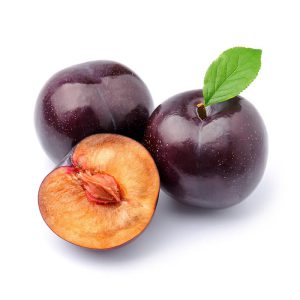
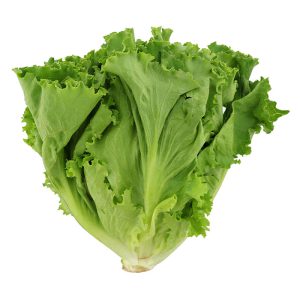




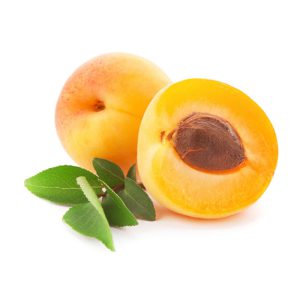
Reviews
There are no reviews yet.